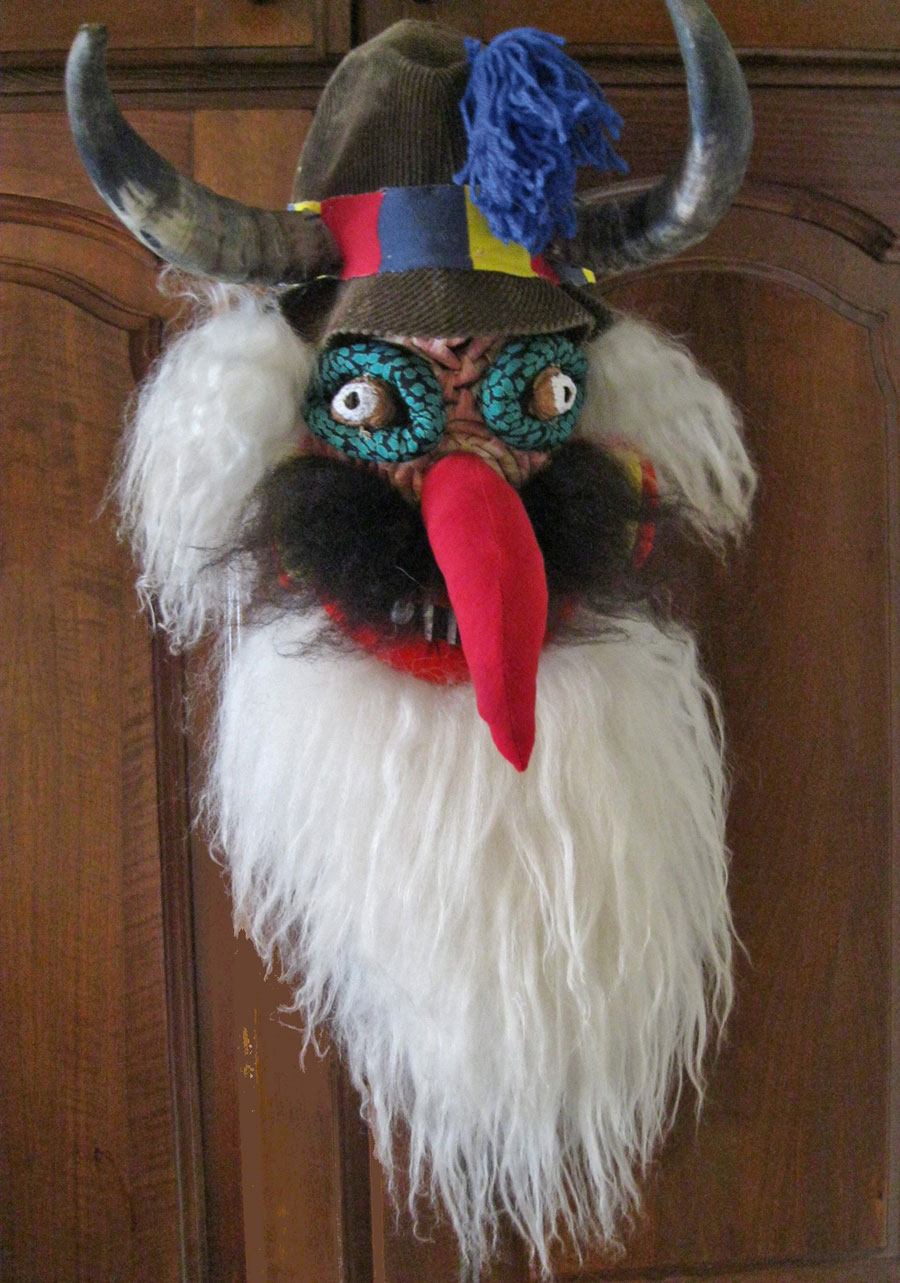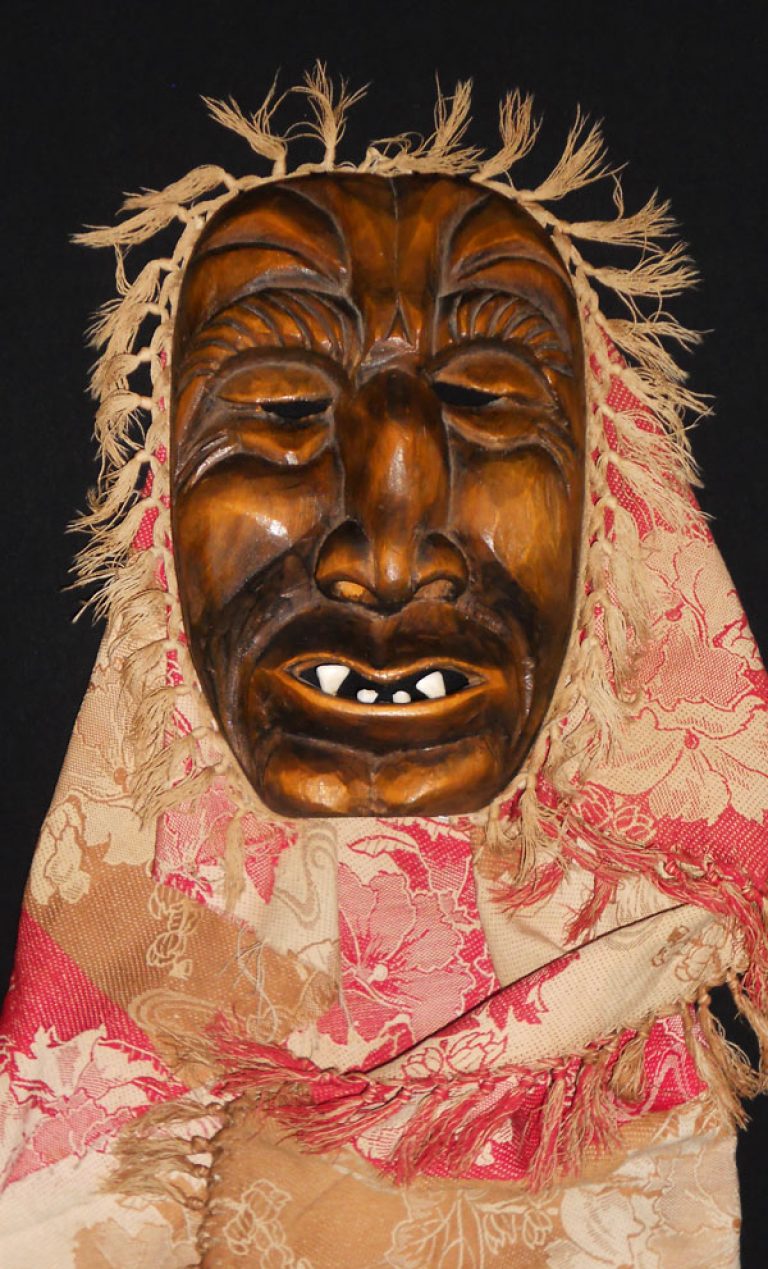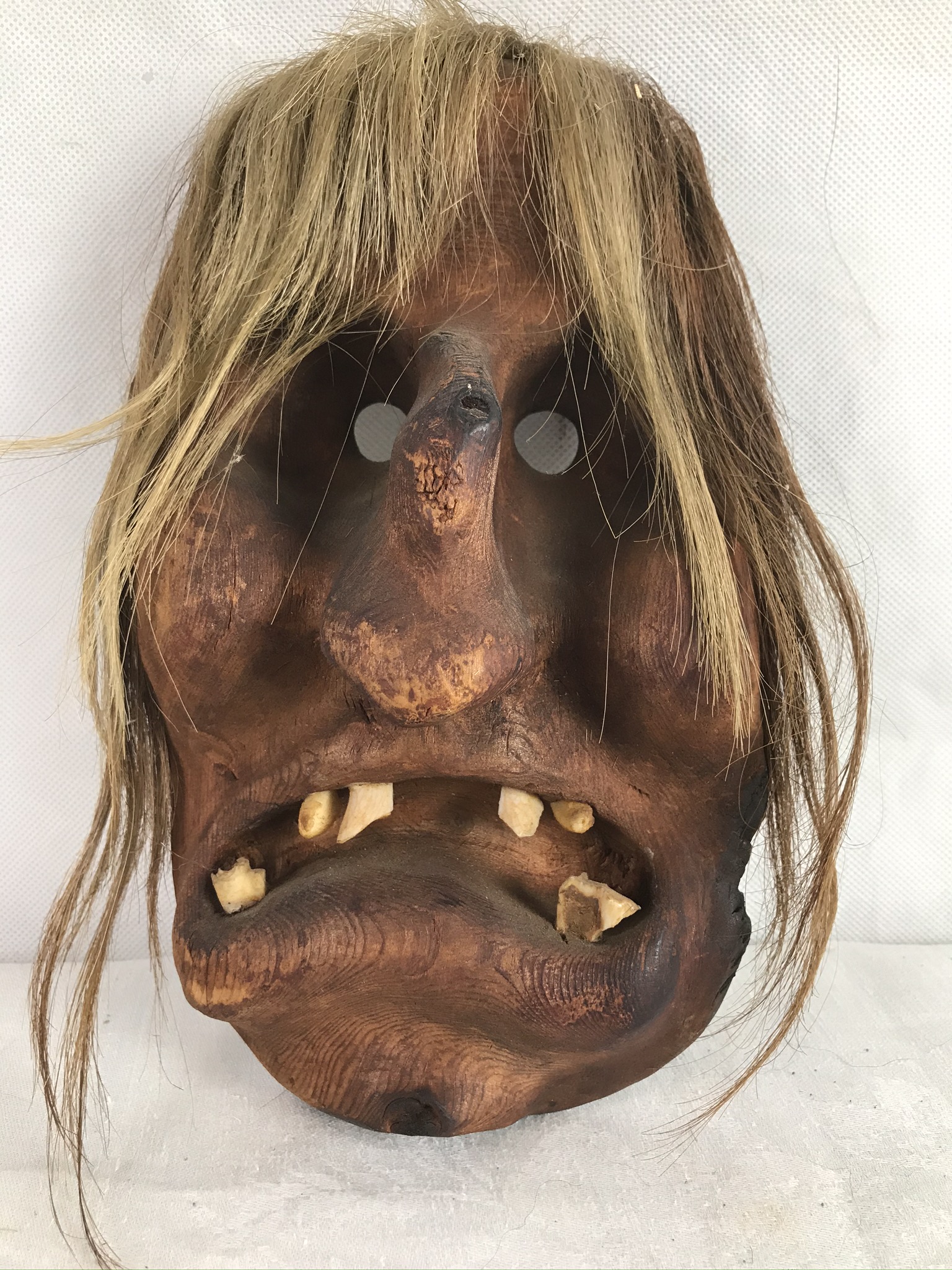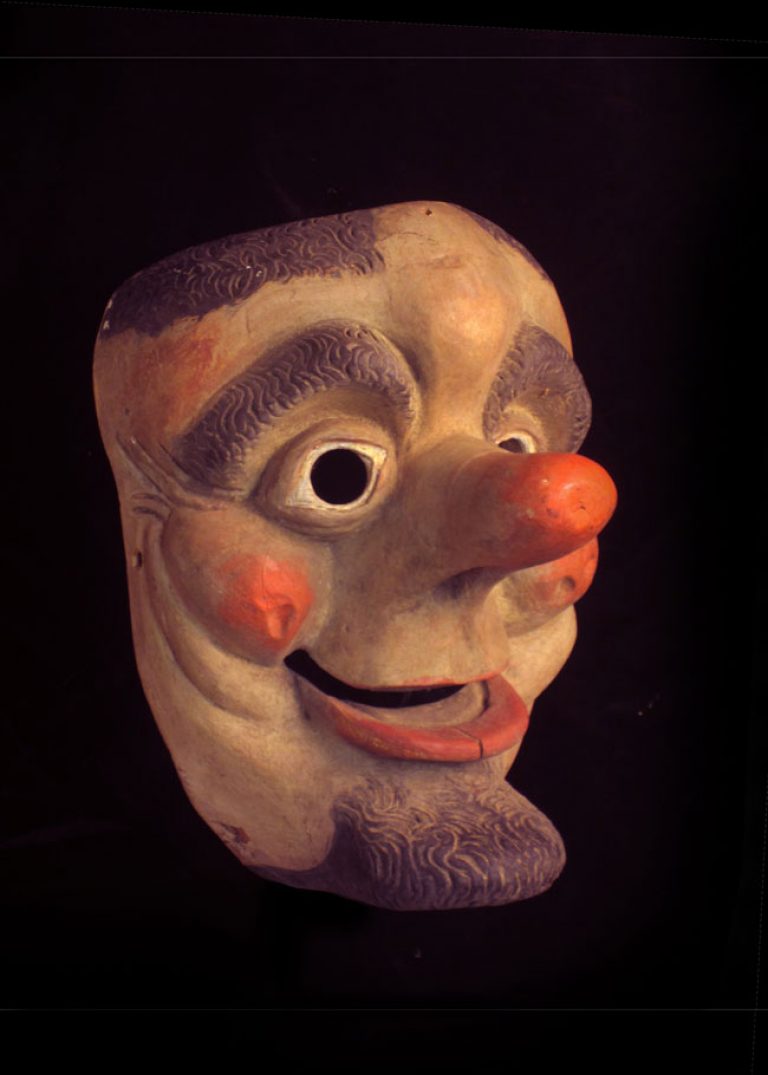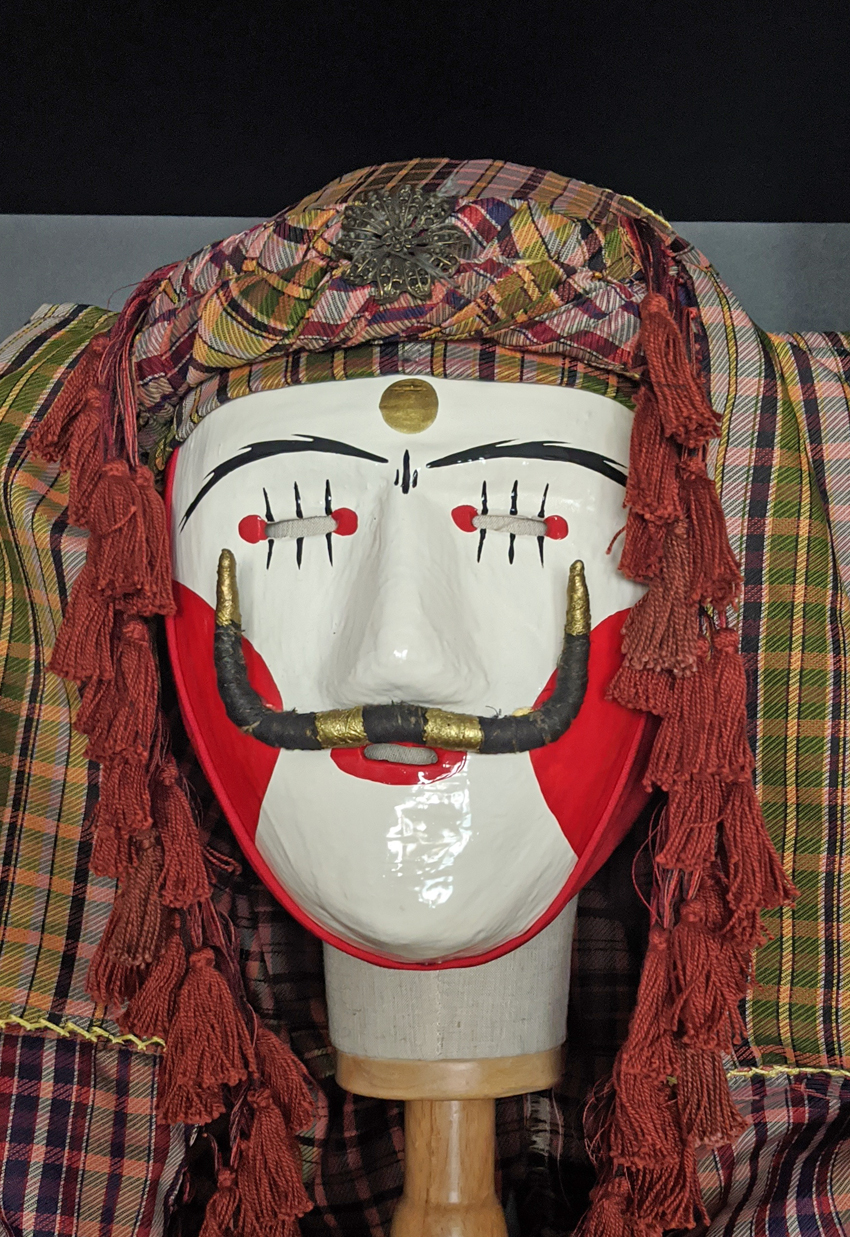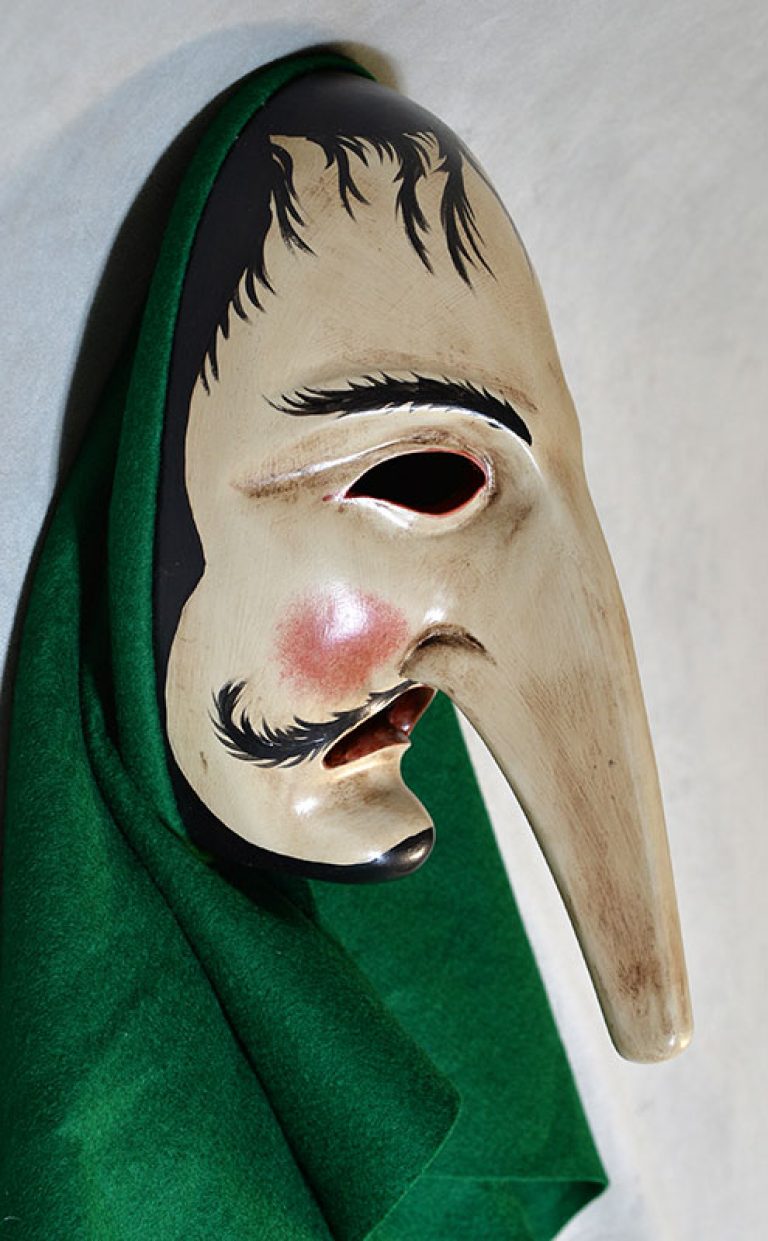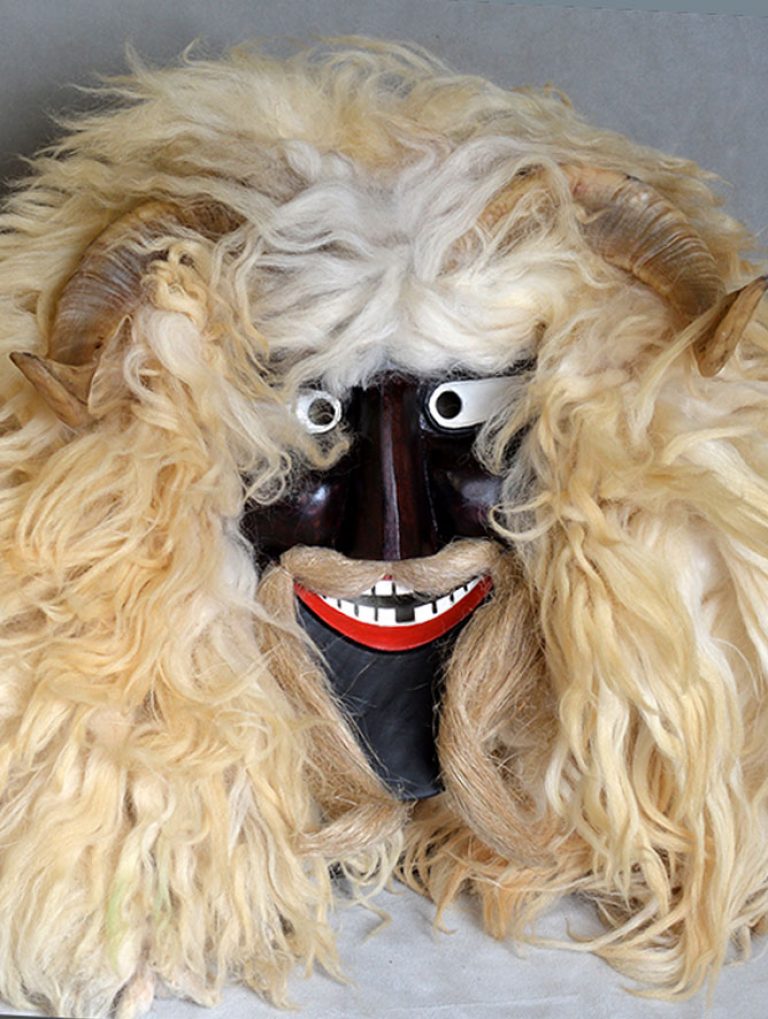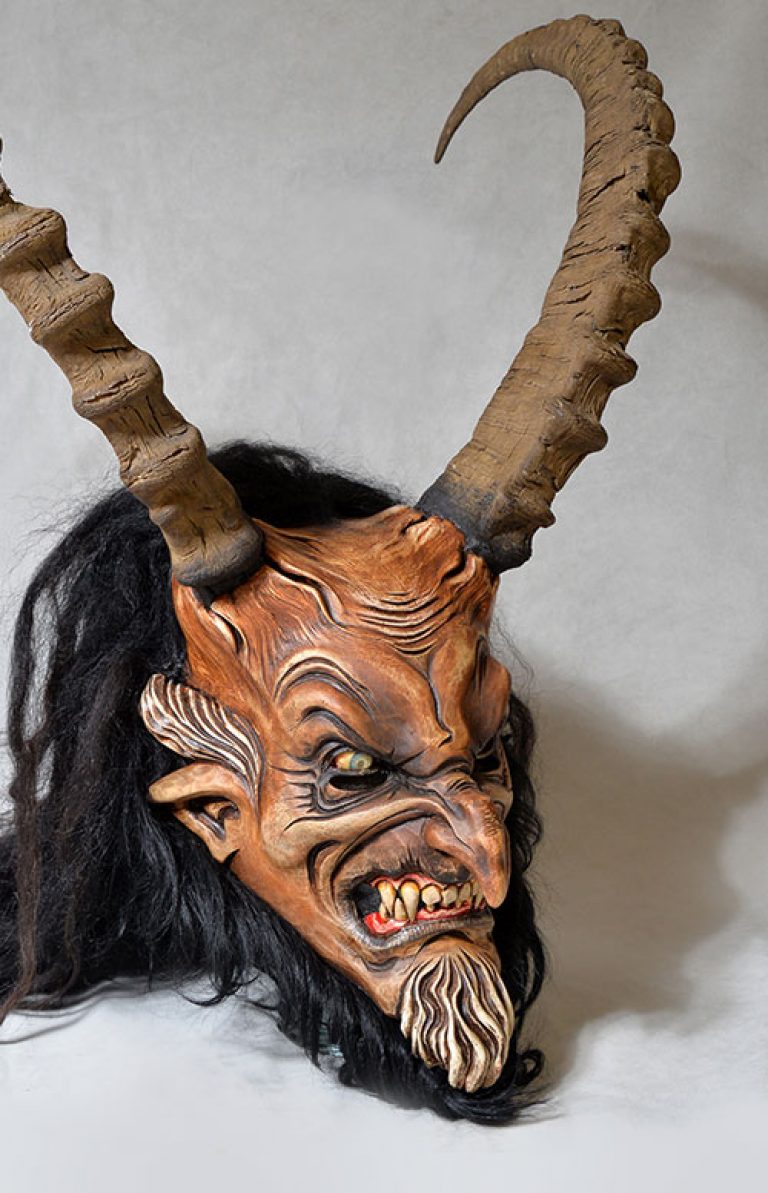European Masks
The Allure of European Masks: Art, Heritage, and Cultural Expression
European masks have long fascinated collectors and enthusiasts with their unique designs, rich historical context, and cultural significance. These captivating works of art reflect the diverse and complex cultural heritage of the European continent, embodying the customs, beliefs, and practices of various communities. From the elaborate masks of Venice's Carnevale to the mysterious mummers of the British Isles, European masks offer a mesmerizing insight into the region's cultural tapestry, making them highly desirable artifacts for those interested in European history and art.
The European Cultural Landscape
Europe is a continent steeped in history, with each nation and region boasting its own distinct culture, traditions, and artistic styles. This incredible diversity is reflected in the wide variety of masks that can be found across the continent, each offering a glimpse into the unique cultural identity of the people who create and use them.
Festivals and Celebrations
One of the primary factors that make European masks so desirable is their connection to the region's vibrant festival and celebration culture. Masks are often an integral part of various European festivities, such as the Italian Carnevale, the Swiss Fasnacht, and the Spanish Carnaval. During these events, individuals wear elaborate masks to assume different personas, allowing them to escape the constraints of everyday life and indulge in a world of fantasy and revelry. This connection to joyous and celebratory occasions makes European masks an appealing symbol of the continent's rich cultural heritage.
Craftsmanship and Artistry
The meticulous craftsmanship and artistry that go into creating European masks contribute to their allure. Skilled artisans use a range of materials, including leather, wood, papier-mache, and even metal, to produce these stunning pieces of art. Each mask is unique, with its design often reflecting the specific cultural influences, local legends, or historical events of its region. The attention to detail and the intricate techniques employed in creating these masks make them highly sought-after by collectors and admirers.
Symbolism and Folklore
The symbolism and folklore associated with European masks add another layer of depth and intrigue to their appeal. Masks can represent various characters from myths, legends, and folktales, serving as a means of connecting contemporary society with its historical roots. The powerful symbolism imbued in each mask offers a glimpse into the beliefs, values, and worldviews of the people who create and wear them, adding to their allure for collectors and enthusiasts.
Preserving Cultural Heritage
Finally, European masks serve as a vital link to the region's cultural heritage, providing tangible expressions of the customs, beliefs, and artistic styles that have evolved over centuries. By collecting and appreciating these masks, enthusiasts can contribute to the preservation of the diverse cultural traditions that make Europe such a fascinating and vibrant continent.
The desirability of European masks lies in their unique combination of artistry, craftsmanship, cultural significance, and historical context. These masks offer a captivating window into the diverse and rich cultural tapestry of Europe, providing an unforgettable experience for those who admire and appreciate their beauty and symbolism. As collectors and enthusiasts continue to seek out these extraordinary pieces of art, the tradition of European mask-making will continue to thrive, ensuring that future generations can experience the enchantment of this ancient art form.
